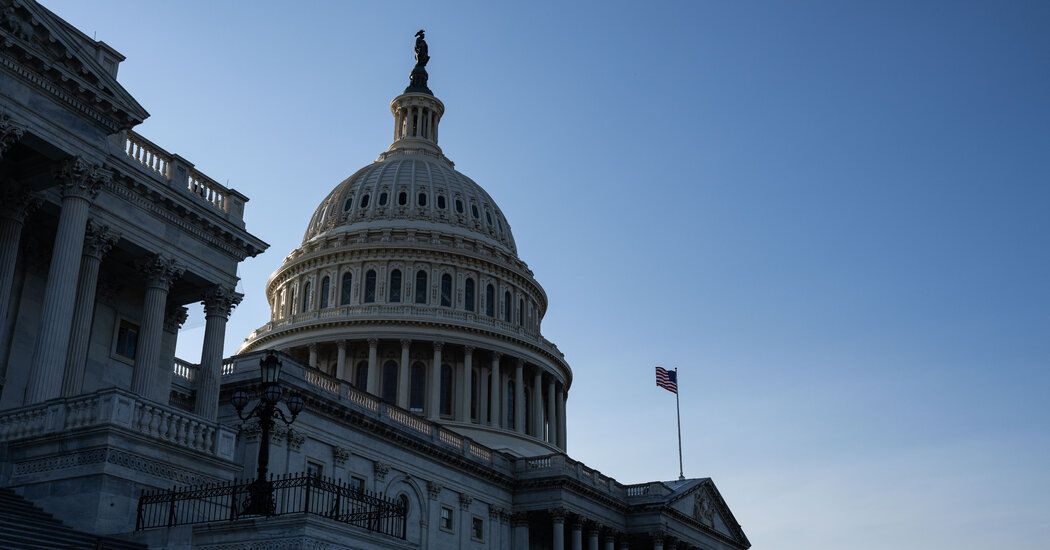What Would Happen if the U.S. Defaulted on Its Debt
The U.S. debt limit has been reached and the Treasury Department is finding ways to save cash. After it runs out of maneuvers, what once seemed unfathomable could become reality: The United States defaults.
What happens next?
The far-reaching effects are hard to fully predict: from shock waves in financial markets to bankruptcies, recession and potentially irreversible damage to the nation’s long-held role at the center of the global economy.
The probability of a default remains low, at least based on opposing lawmakers’ assurances that a deal will be done to raise or suspend the debt limit and the long odds implied by trading in certain financial markets. But as the day approaches when the United States begins to run out of cash to pay its bills — which could be as soon as June 1 — investors, executives and economists around the world are gaming out what might happen immediately before, during and after, hatching contingency plans and puzzling over largely untested rules and procedures.
“We are sailing into uncharted waters,” said Andy Sparks, head of portfolio management research at MSCI, which creates indexes that track a wide range of financial assets, including in the Treasury market.
Source: The New York Times


